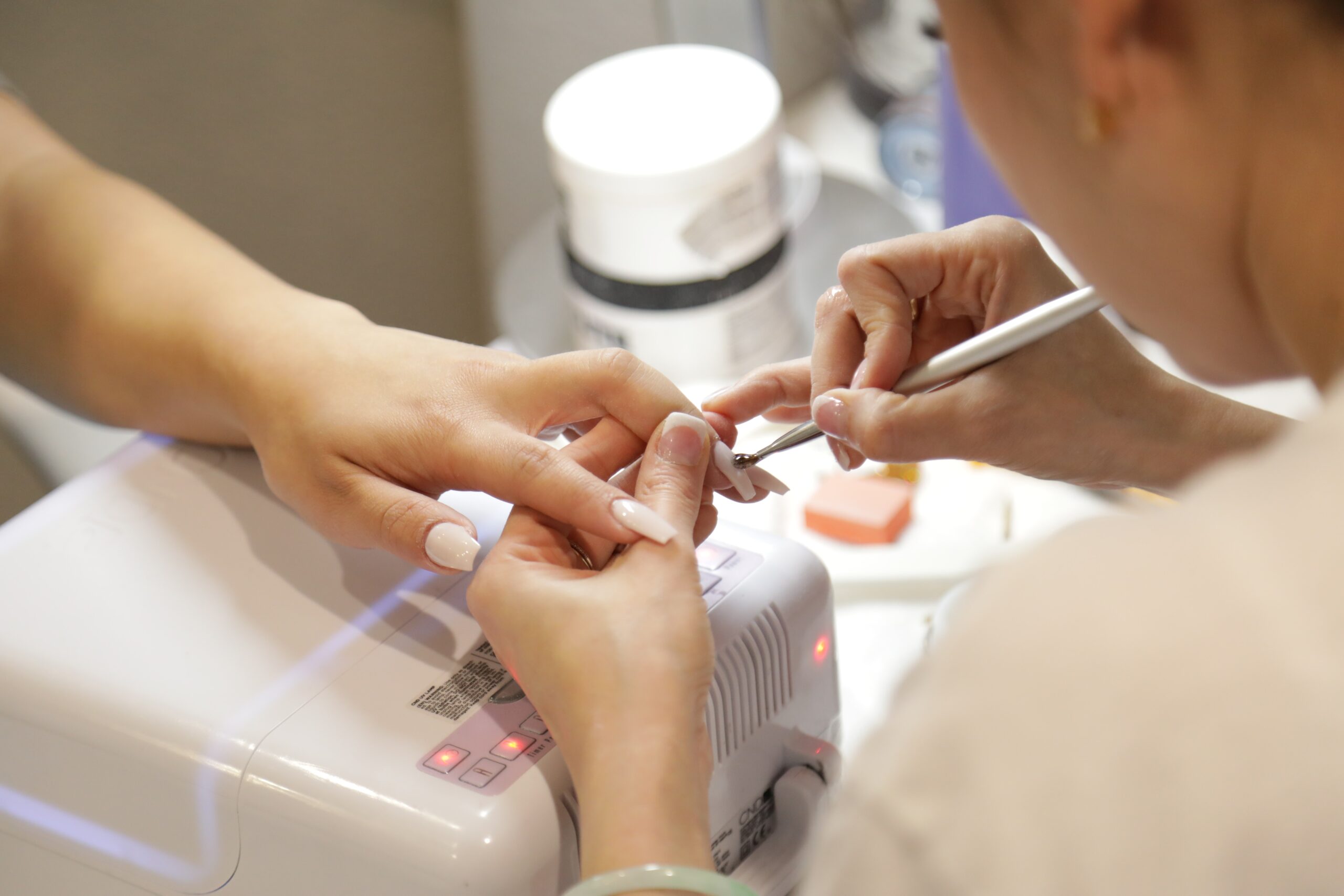Health in the Media: Secrets of Ageing
Posted on 5th February 2016 by Heidi Gardner

This week’s newspapers have been crammed with headlines such as ‘Could this be a CURE for ageing?’ and ‘Have Newcastle scientists discovered the secret of eternal youth?’, but have scientists really managed to crack the secret to something as seemingly vain as eternal youth whilst we’re still grappling with diseases like cancer and Alzheimer’s disease? In short, no. If you’re looking for recommendations on ageing creams and methods to grow old gracefully this isn’t the news you’re looking for.
The study that fuelled these headlines was published in the EMBO journal on February 4th . You can read the published article here (it’s open access, hoorah!) and the corresponding press release here.
Maybe we can forgive a few wry headlines? Let’s take a look at the main content of these articles to see if they accurately reflect the content of the original paper.
What the media say:
- Scientists proved ‘batteries of cells’ mitochondria is trigger to ageing
- This experiment was able for the first time to conclusively prove that mitochondria are major triggers of cell ageing
What the evidence says:
These phrases are misleading; mitochondria are the site of respiration and energy production in our cells, simply saying that they trigger ageing is incorrect. The research article explains that their studies have shown mitochondria are required for the development of the pro-oxidant and pro-inflammatory features of senescence. Cell senescence is an important mechanism for tumour suppression – i.e. our bodies trying to protect us from developing tumours, though it’s also a driver of ageing. The role of mitochondria in the process of cellular senescence is demonstrated in this research; ATM, Akt, mTOR and PGC-1B molecules mediate the mitochondrial biogenesis that stabilises senescence through a positive feedback loop involving reactive oxygen species and the DNA damage response.
What the media say:
- When mitochondria were eliminated from ageing cells they became much more similar to younger cells
- Ageing cells, after losing their mitochondria, showed characteristics similar to younger cells, that is they became rejuvenated
What the evidence says:
This is much more accurate. The researchers cleared cells of mitochondria using X-ray irradiation, which they confirmed by performing Western blots showing the absence of mitochondrial proteins. Once cleared, these cells began displaying features of non-senescent cells; their levels of inflammatory molecules and reactive oxygen species dropped to around the level that would be expected in younger cells that had not undergone senescence.
What the media say:
- This brings scientists a step closer to developing therapies to counteract the ageing of cells, by targeting mitochondria
- Now we are a step closer to devising therapies which target mitochondria to counteract the ageing of cells
What the evidence says:
This is indeed the case; it’s one piece of a huge puzzle that makes up the ageing process. The thing that the media have missed here is that ageing is a normal process, and not one that refers only to spotting a new wrinkle on your face! The headlines of these newspaper articles don’t reflect the content of the articles themselves which I understand provides a hook to attract the interest of readers. In this case though, the headlines and main copy are so mismatched that readers could be forgiven for thinking articles had been given an incorrect title.
The issue of incompatible headlines is something I found out more about at a Sense About Science workshop focussing on Science and the media – you can read my review of that workshop here. Put simply, writers of the articles don’t write the headlines that go with their work. Headlines are written by Editors who often have a very limited timescale with which to come up with a punchy headline, hence cases like this where the copy doesn’t match up.



